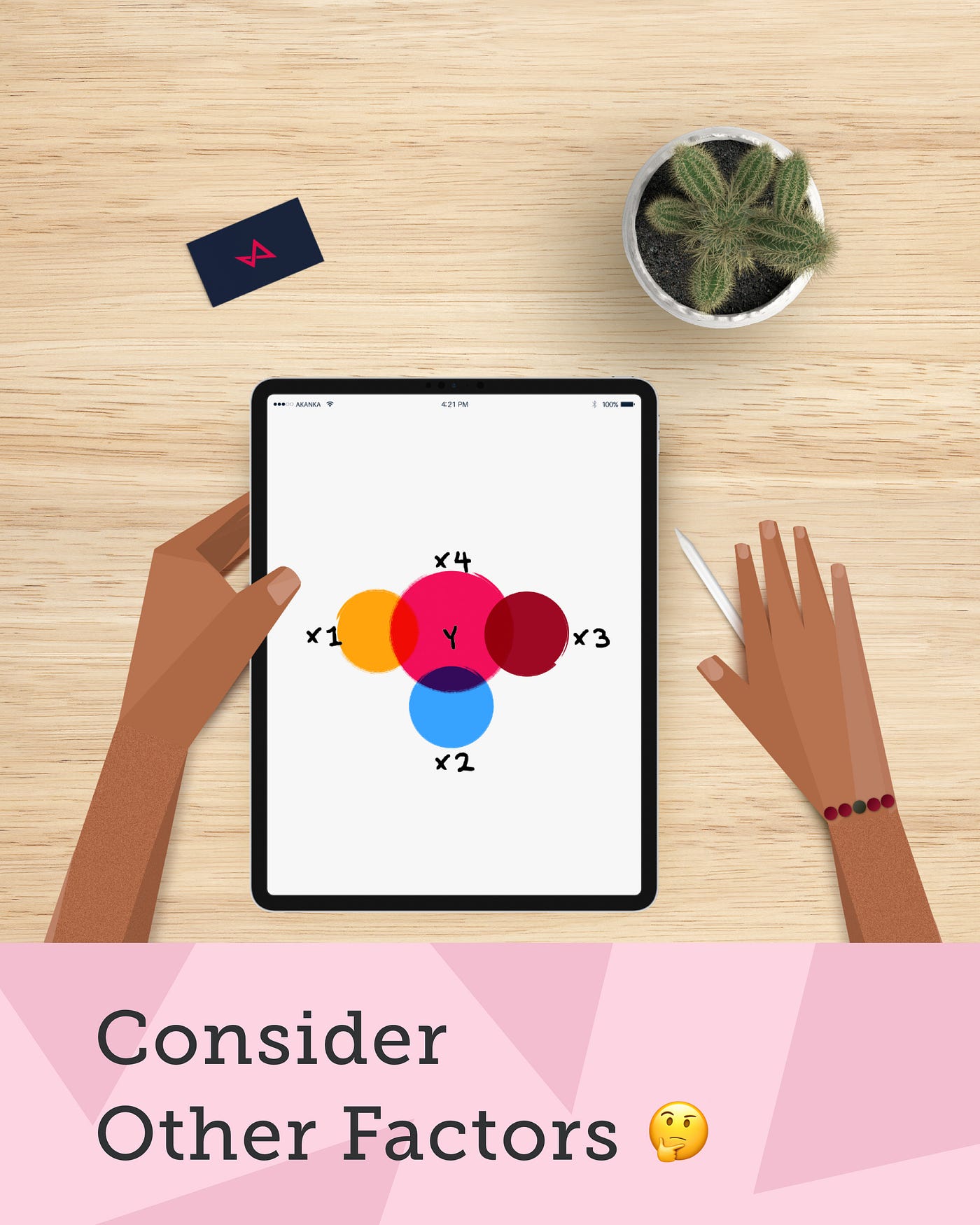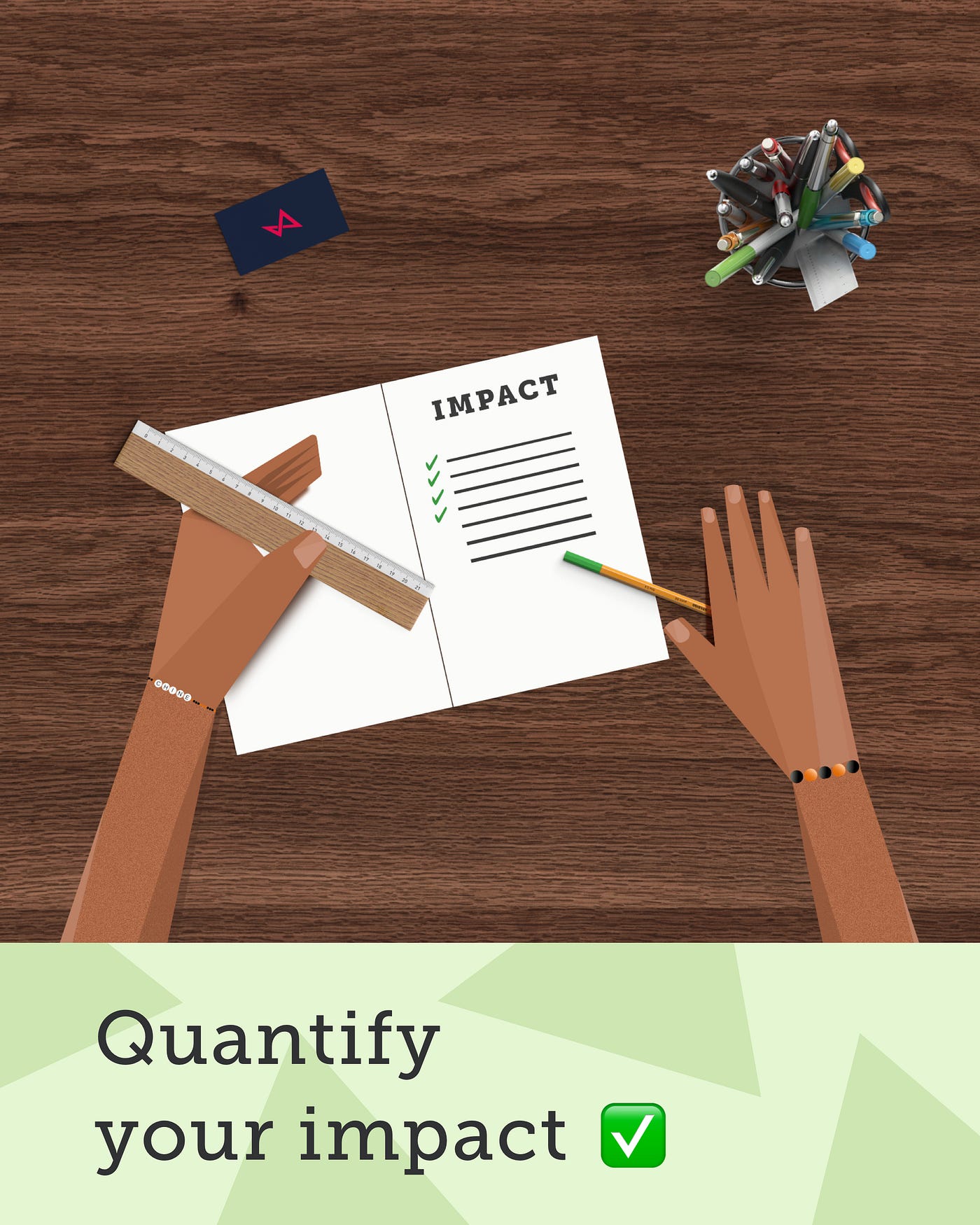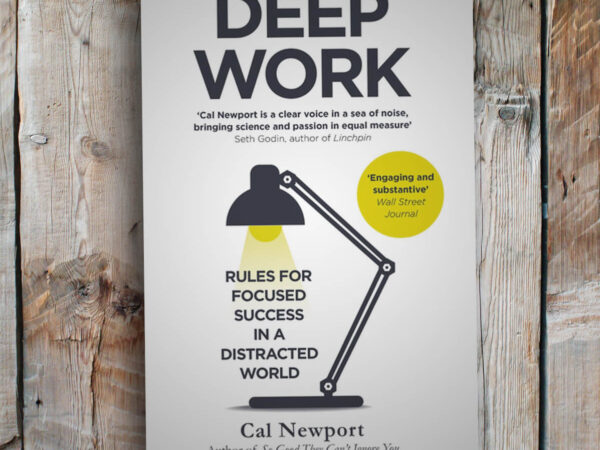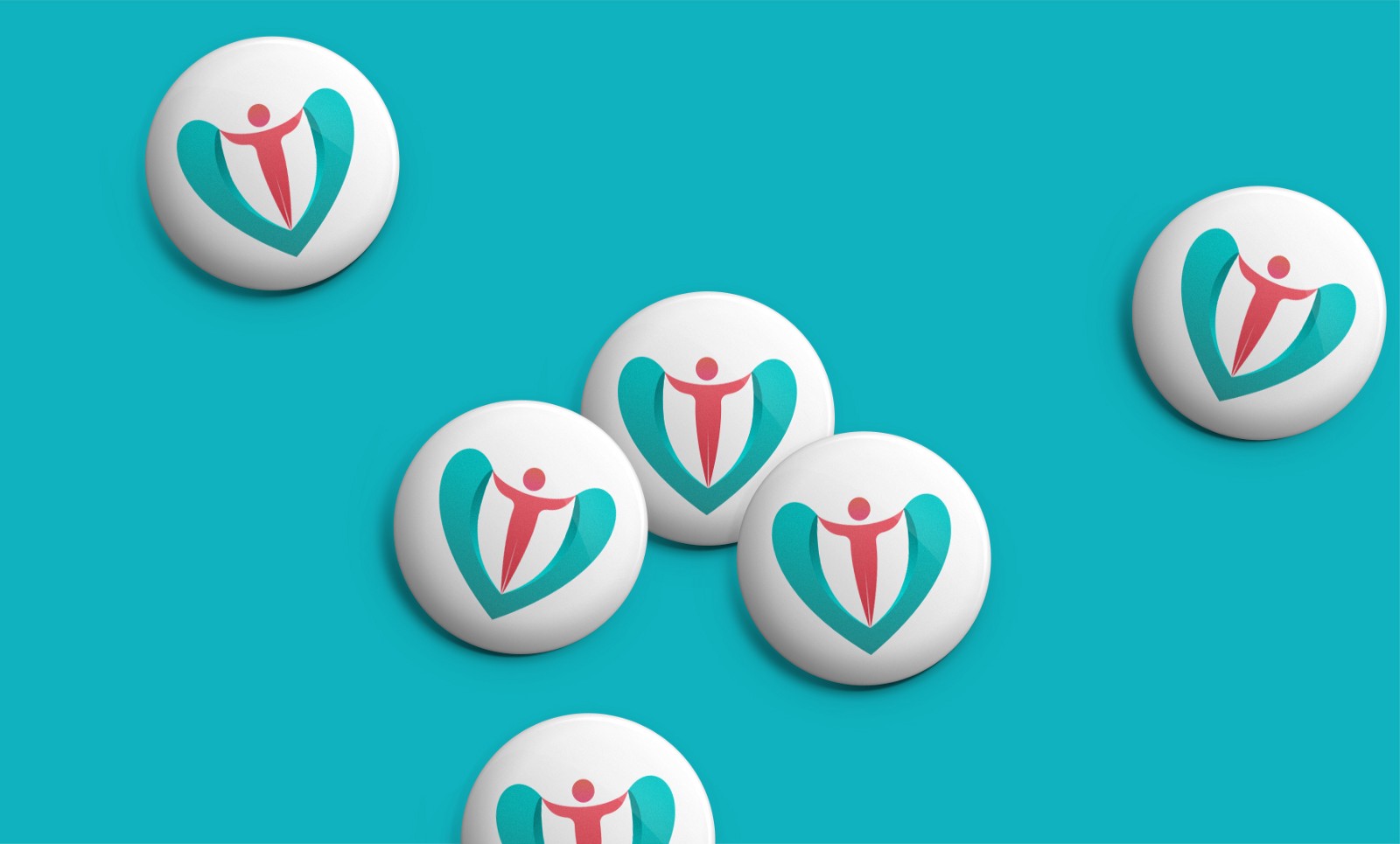I’ve found that the statement, “I’m an economist turned designer” raises many eyebrows. It’s hard to see the connection between both fields, where one feels highly analytical and the other feels highly creative. While being analytical and creative are not mutually exclusive, it can be difficult for those in either field to see where the intersections lie. However, moving between both has helped me see how practitioners in either field can be a lot more effective in their work if they learned from each other. This is a two-part article, where the first is on the lessons for designers and the second is on the lessons for economists. Let’s begin with the three lessons that have stood out to me during my journey from Economics to Design.
1. Do your research

It can be tempting to delve straight into hypothesizing about what we think is right, but it helps if we took our foot off the gas pedal (the accelerator for the Brits) and tried to understand as much as possible about the topic. This means we have to build the habit of researching. Economists are trained to start any thesis with thorough secondary research. Researching gives them more comprehensive knowledge of what they’re looking into and provides adequate background context for their analysis.
Likewise, as designers, research provides much-needed knowledge and refines our assumptions before we delve too deep into a project. If you’re a brand identity designer, have you researched the client company’s field/industry? If you’re a user experience designer, have you researched the behavior/attitude of the customers you’re designing for? If you’re a sound designer, have you done research into what sounds the target audience finds annoying or pleasing? Answering these questions is a great starting point for pinpointing the vibe you’ll be designing.
“Good designers never start by trying to solve the problem given to them: they start by trying to understand what the real issues are.” — Don Norman | The Design of Everyday Things
Doing our research also provides the necessary context for convincing/storytelling. When we made presentations during our design class at the Yale School of Management, the first advice given by one of our professors, Michael Beirut, was to include our thought process as part of our presentations. We started most presentations with very little knowledge of the challenge, so we had to engage in research. Outlining this research was also helpful, as others in the class could follow our thought processes towards the solution. This is key. Having others follow the judgment behind our designs automatically makes us more accountable and increases our chances of consensus. Involve those who matter during and after the project, and you’ll be greatly rewarded with a stronger outcome.
2. Consider other factors

Well-trained economists religiously follow this lesson. Why? Because of a concept known as ‘multicollinearity’. Multicollinearity happens when multiple factors influence a result or outcome. As well as multiple factors, there could be multiple outcomes, which lead to unintended consequences — the consequences you don’t see coming. Economists are trained to be wary of such unintended consequences. A simple example is when the Central Bank has to consider how lowering short-term interest rate increases the money supply in the economy and boosts economic activity, but could also lead to a rise in the inflation rate.
Tools such as general equilibrium models help macroeconomists forecast the effects of their decisions. These models explain the behavior of supply, demand, and prices in a whole economy with several or many interacting markets. This way, they are forced to think about the effect on the entire system as opposed to just one or two variables.
Another way economists pay attention to other factors is by considering externalities, i.e. the cost or benefit that affects a party who did not choose to incur them. Economists then design systems to account for them, e.g. governments make smoking legal but ban TV advertising and put hideous warnings on the packets.
Likewise, designers need to move from a space of thinking about solutions in isolation to thinking about how our solutions affect the larger systems. We hone in on solving customer problems without considering if we’re improving or worsening societal problems. We design apps like Airbnb to open up spaces but fail to properly account for the effect on rent or availability of spaces for those who live in these communities. We design virality into our platforms without considering how they can be used to harm others. We design apps to be more addictive without considering the effects on relationships or the ability to focus on work.
Are we creating products that solve a problem, but lead to larger ones? Are we thinking about the consequences of the things we build? Are we thinking about our decisions as important variables in the complex systems around us? As we exist in an interconnected world, it becomes even more important for designers to ask these questions when designing tools that can cause global change.
3. Quantify your impact

Economists get a sense of effect in the past and in the future using correlational techniques and forecasting tools. Such quantifications can be as macro as determining how much GDP grows as a result of investment or as micro as figuring out if donating mosquito nets has an intended impact using an RCT (Randomized Controlled Trial) or quantifying the ideal surge price of an Uber ride during high-demand periods Such quantifications bring clarity and help strengthen the position of one’s hypothesis.
Likewise, designers will need to get better at quantifying the impact of their work. Designers tend to face a difficult time convincing executives of the business impact of their contributions because a lot of the decisions made by designers feel subjective. This makes it hard to quantify the effect of design decisions on the company’s goal…which is usually higher revenue. It’s difficult to get people to value your work if you can’t quantify its impact. So what does quantifying the impact of your work look like?
Designers can start by putting in the effort to define what success looks like. This means going beyond input and output, but defining impact. For example, a web designer’s input is redesigning the company’s home page, but the impact of her work is the number of visitors who stayed longer/returned/contacted/made a purchase increased after the redesign. Impact for a brand designer could be how a redesign helps a company tell a more cohesive brand story. The extra step would then be quantifying the value of this impact. However, simply demonstrating impact is a solid start.
These lessons from the field of economics all have one recurrent theme: the need to be intentional about one’s actions. As designers, the experience of products and services comes down to the decisions we make, so it is important that these decisions are made with intentionality. By doing our research, ensuring we’ve considered other factors, and putting in the effort to quantify our impact, we not only add more value to our work, but we also add more value to the lives of people we’re designing for and the systems they exist in. That’s when we’ve truly accomplished our jobs as designers.
Thanks to Mikey and Mohini for editing, contributing, and asking the right questions. ❤️





